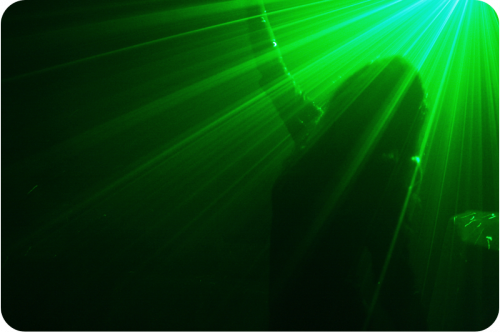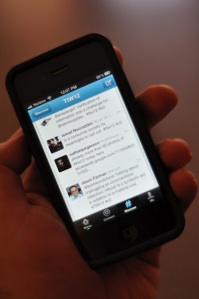As the trial of mass murderer Anders Behring Breivik proceeds in Norway this week, it’s worth noting a technology-related anomaly in the press coverage of his crimes.
Breivik is the right-wing terrorist who killed more than 70 people, most of them students attending an island summer camp, in July 2011. At the time, it was widely noted that significant sections of his “European Declaration of Independence” had been lifted verbatim from Ted Kaczynski’s “Industrial Society and Its Future,” aka “the Unabomber Manifesto.” What wasn’t noted was how dramatically at odds Breivik’s beliefs are from Kaczynski’s.
Like Kaczynski, Breivik hates leftists, and it was Kaczynski’s passages excoriating those enemies that Breivik copied. But where the Unabomber set out to destroy the Kingdom of Technology, Breivik spoke of using technology – technology in general, that is, in addition to bombs and guns – to further his goals. His agenda was aimed at cleansing European nations of “multicultural” influences. Toward that end, he urged that the technological advantage of European nations be widened, recommending that twenty per cent of their national budgets be reserved “for research and development in relation to science and technology.” more...







